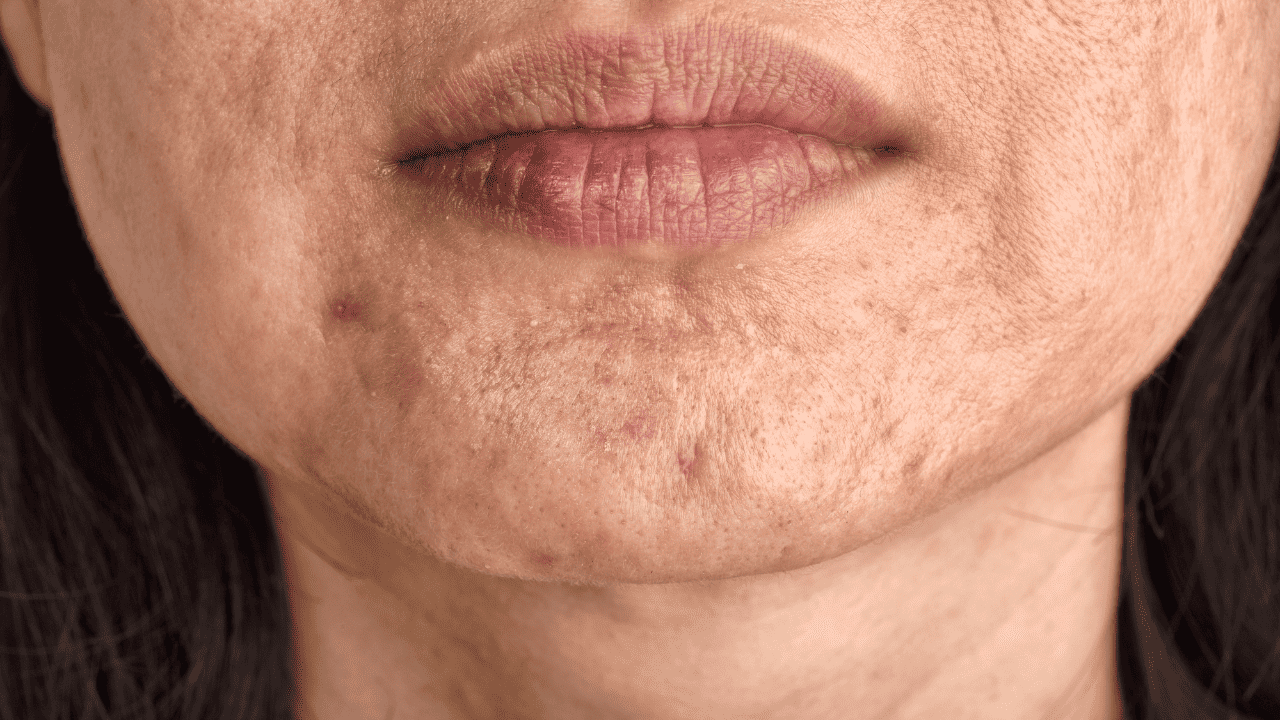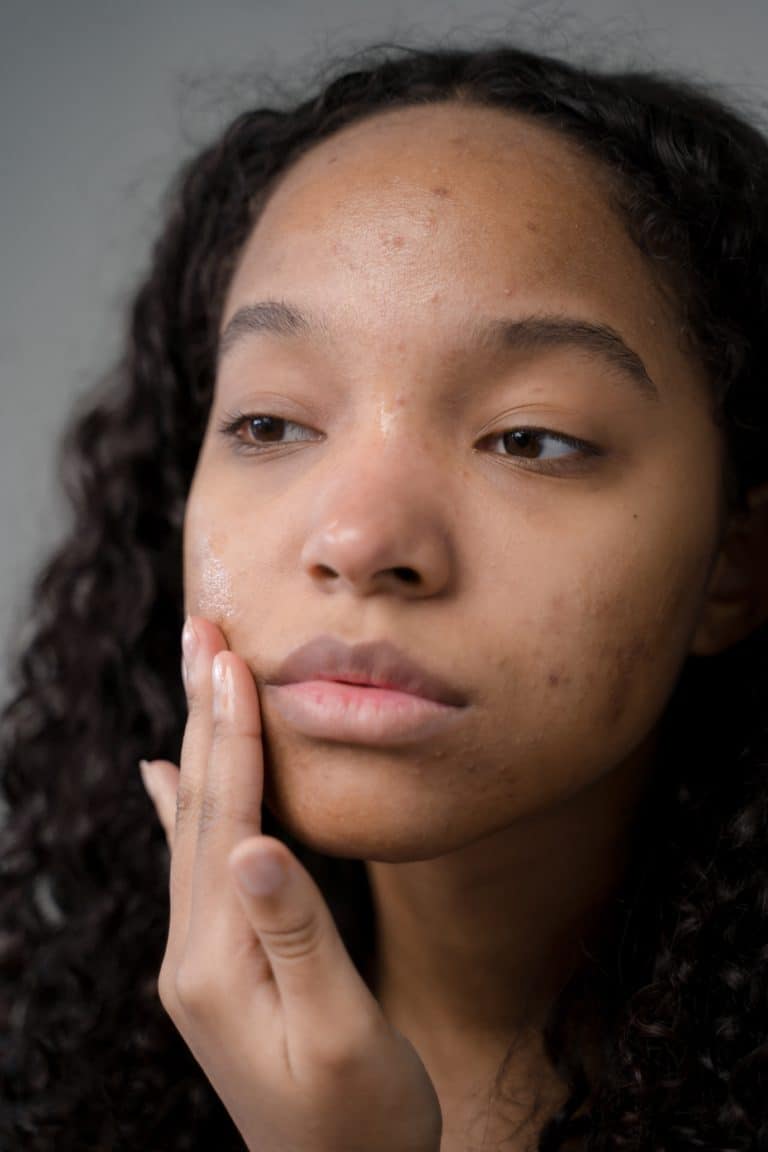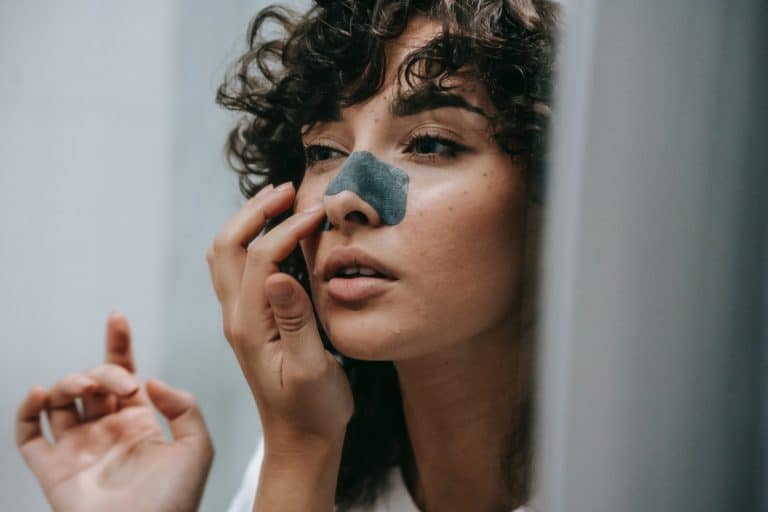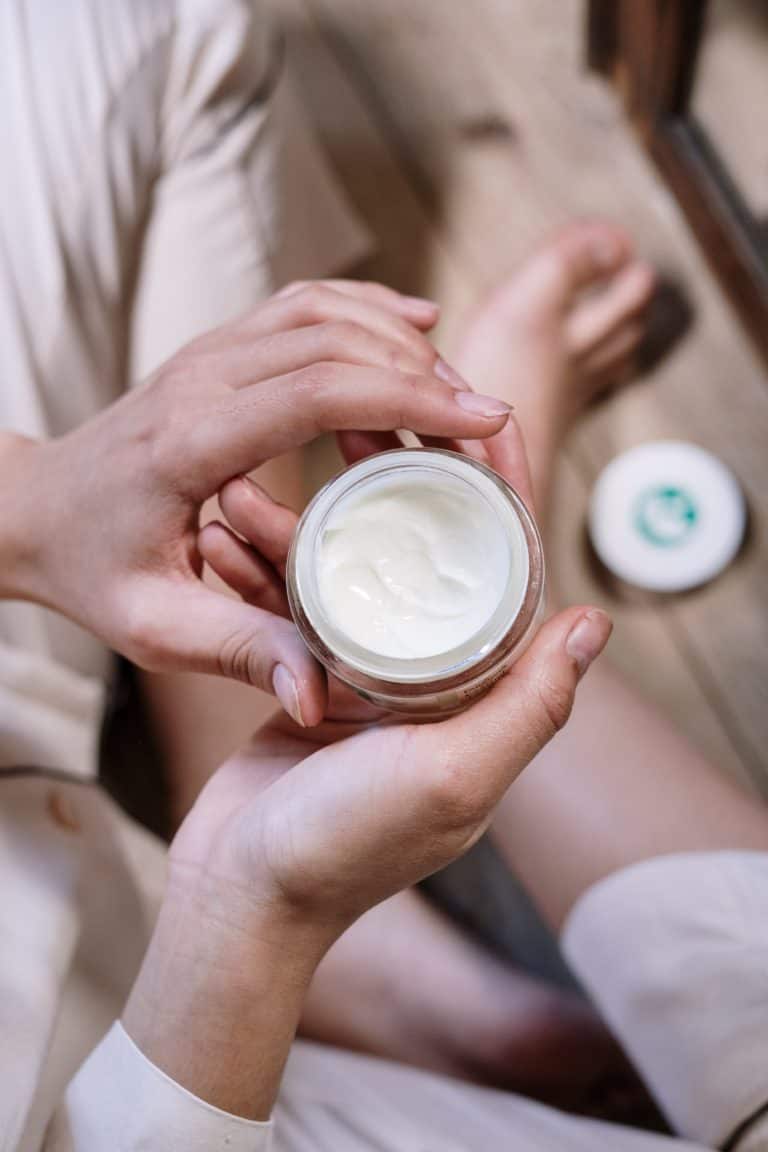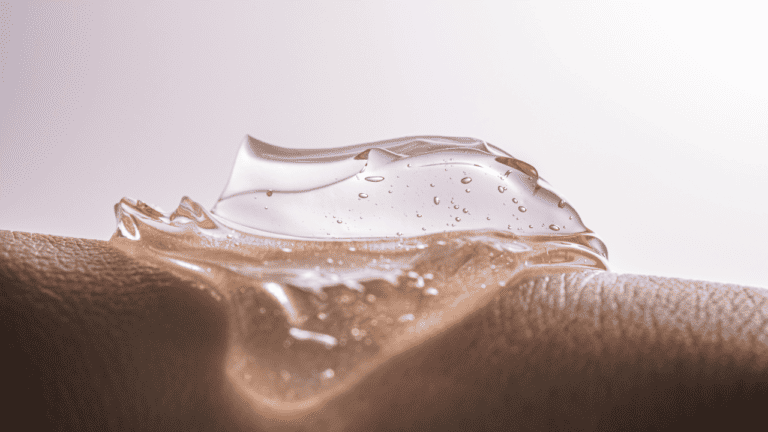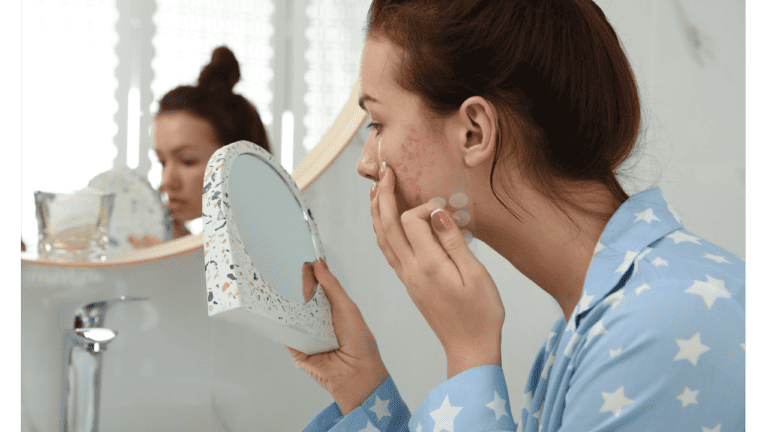In recent years, red light therapy has emerged as a groundbreaking technique in the world of dermatology and wound care. This article aims to shed light on the wonders of red light therapy, especially in the context of healing scars and wounds. Our journey through this topic will uncover the scientific mechanisms behind this technology, its applications, and the benefits it offers.
Key Takeaways
- Red light therapy is a safe, non-invasive treatment that enhances cell regeneration and collagen production, aiding in the healing of scars and wounds.
- It stands out for its effectiveness in various stages of wound healing and scar treatment, offering a gentle alternative to traditional methods.
- Professional consultation and adherence to safety guidelines are crucial for maximizing the benefits of red light therapy.
Understanding Red Light Therapy
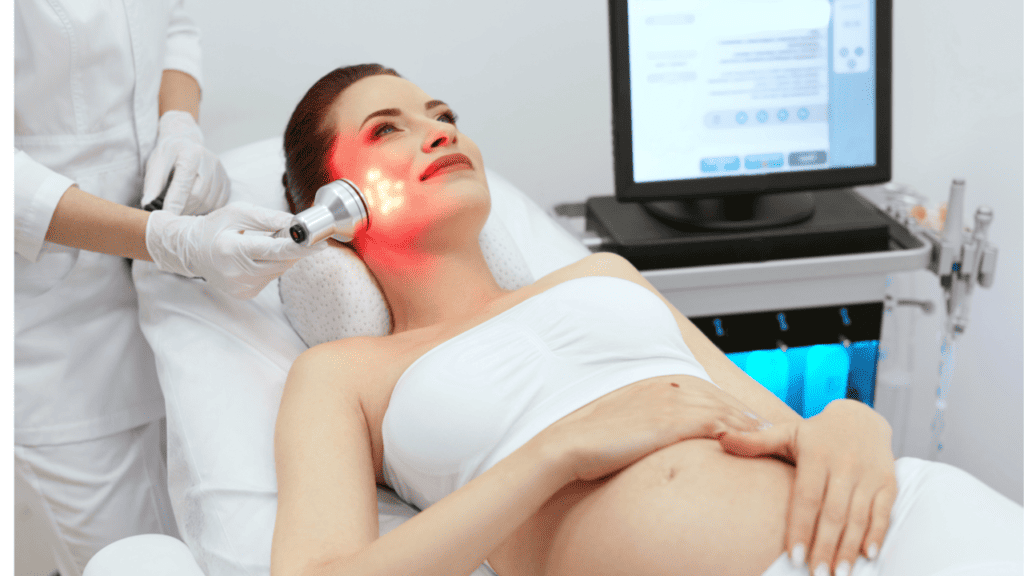
The Basics of Red Light Therapy
Red light therapy is a non-invasive treatment method that uses low wavelength red light to penetrate deep into the skin. Unlike ultraviolet light, which can damage the skin, red light therapy is safe and has been used effectively for various medical and cosmetic purposes.
Scientific Principles Behind Red Light Therapy
At its core, red light therapy works by emitting a specific wavelength of light that is absorbed by the mitochondria in our cells. This absorption stimulates the production of adenosine triphosphate (ATP), the energy currency of the cell, which in turn enhances cell regeneration and healing.
Different Devices for Red Light Therapy
Red light therapy can be administered through various devices, including lamps, lasers, and LED devices. These devices vary in their intensity and the area they cover, making them suitable for different types of treatments.
The Healing Properties of Red Light Therapy
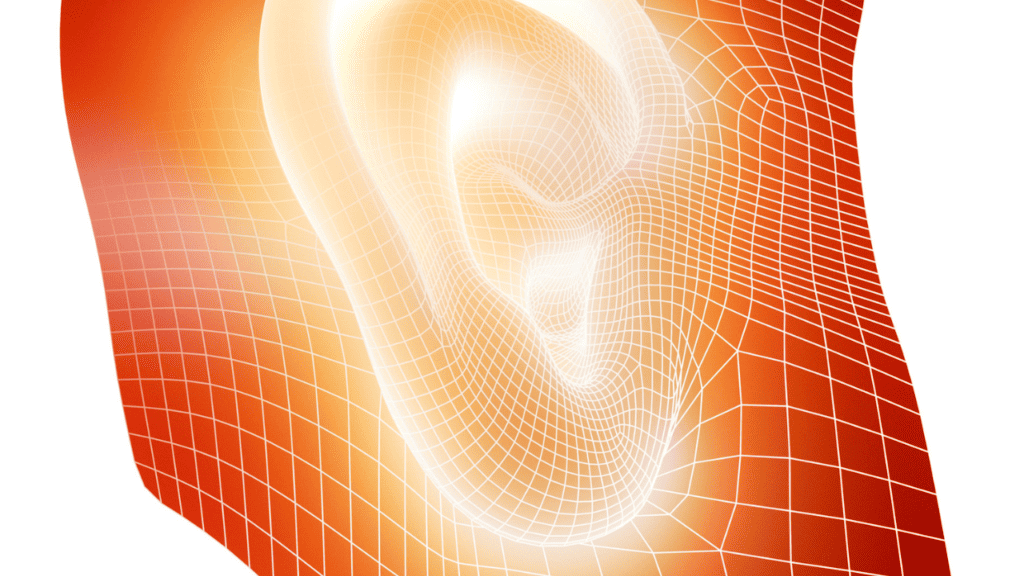
Tissue Repair and Cell Regeneration
One of the most notable properties of red light therapy is its ability to promote tissue repair and cell regeneration. This makes it an effective tool in accelerating the healing process of wounds and reducing the appearance of scars.
Role in Collagen Production
Collagen, a vital protein for skin elasticity and strength, is significantly boosted by red light therapy. This increase in collagen production not only aids in healing wounds but also improves the overall appearance and texture of the skin.
Research on Red Light Therapy’s Effectiveness
Several research studies have substantiated the effectiveness of red light therapy. These studies highlight its role in enhancing the healing process and improving the outcome for patients with various types of skin concerns.
Red Light Therapy for Scar Treatment
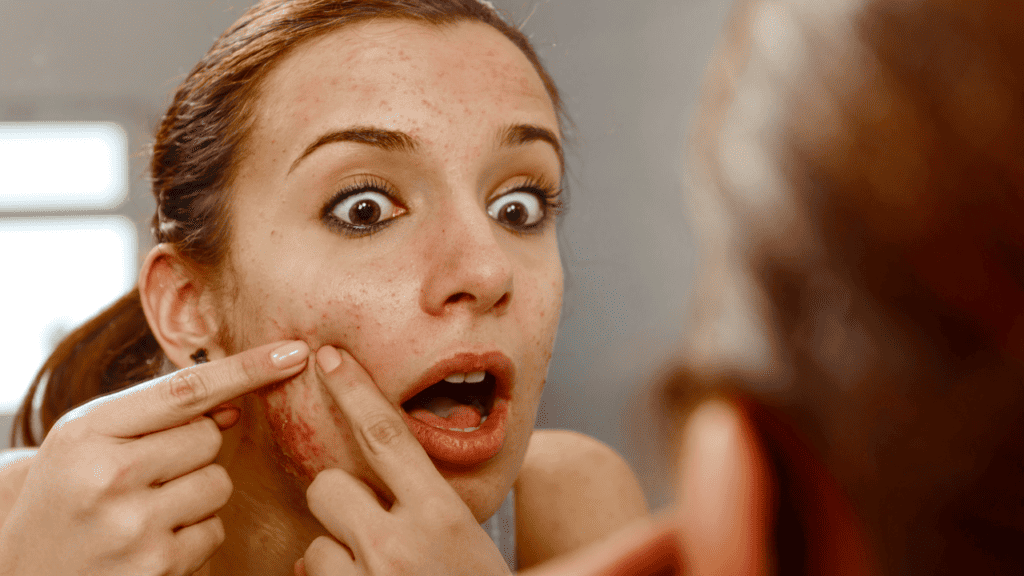
Treating Different Types of Scars
Red light therapy has shown promising results in treating various types of scars, including those from surgery, acne, and burns. By reducing inflammation and stimulating collagen production, it helps in minimizing the appearance of these scars.
- Read More: The Benefits Of Red Light Therapy For Your Skin Conditions
- Read More: Treating Acne With Red Light Therapy: The Ultimate Guide
Case Studies
Case studies have documented the success stories of individuals who have undergone red light therapy for scar treatment. These real-life examples provide insight into the transformative effects of this treatment.
Comparison with Other Scar Treatment Methods
When compared to other scar treatment methods, red light therapy stands out for its non-invasiveness and absence of significant side effects. It offers a gentler and often more effective alternative to traditional scar treatment options.
Red Light Therapy for Wound Healing
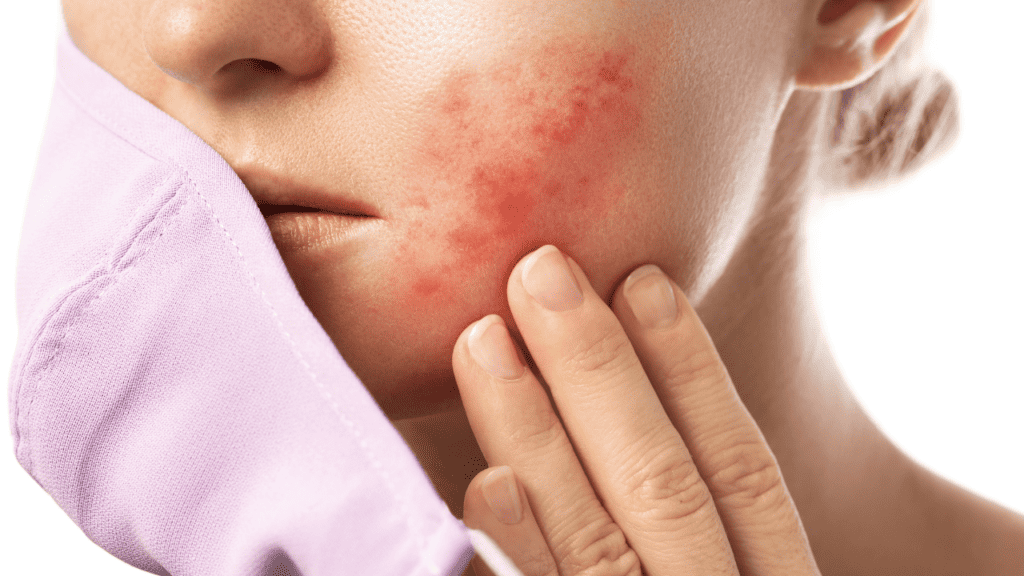
Healing Process with Red Light Therapy
Red light therapy plays a significant role in each stage of the wound healing process. It not only accelerates the healing time but also ensures a more complete and efficient recovery.
Benefits in Different Stages of Wound Healing
During the different stages of wound healing, red light therapy contributes to reduced inflammation, enhanced tissue regeneration, and improved blood circulation. These factors cumulatively lead to faster and more effective wound healing.
Safety and Side Effects of Red Light Therapy
Ensuring Safety During Treatment
Red light therapy is widely regarded as safe when used appropriately. However, it is essential to follow specific guidelines to avoid any potential risks, such as overexposure.
Possible Side Effects
While side effects are rare, they can occur, primarily when the therapy is not used as directed. These may include mild discomfort, redness, or irritation, which typically resolve quickly.
Tips for Safe Usage
To ensure the safest experience with red light therapy, it is advisable to consult with a healthcare professional and follow their guidance, especially when using at-home devices.
How to Use Red Light Therapy
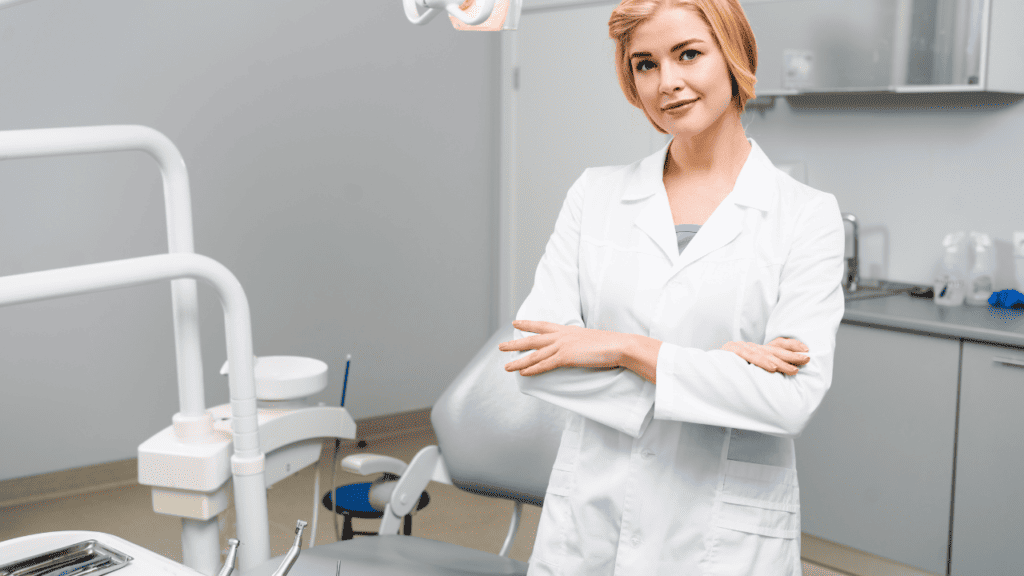
Guidelines for Home Usage
For those opting to use red light therapy at home, it’s crucial to follow the manufacturer’s instructions carefully. Understanding the correct duration, frequency, and distance of the device from the skin is essential for effective and safe treatment.
Professional Treatments: What to Expect
Professional red light therapy treatments, typically offered in clinics or dermatology offices, are administered by trained professionals. These sessions might involve more powerful devices and should be approached with the guidance of a healthcare provider.
Maintenance and Frequency of Therapy Sessions
The key to achieving the best results with red light therapy lies in maintaining a consistent treatment schedule. The frequency and duration of sessions will vary based
Frequently Asked Questions (FAQs)
How long does it take to see results from red light therapy?
Results vary depending on the individual and the condition being treated, but some may notice improvements in as little as a few weeks.
Can red light therapy be used on all skin types?
Yes, red light therapy is generally safe for all skin types, but it’s always advisable to consult with a healthcare professional for personalized advice.
Are there any specific conditions where red light therapy should be avoided?
Individuals with certain medical conditions, such as photosensitivity disorders or those taking medications that increase light sensitivity, should avoid red light therapy or consult a doctor before use.
